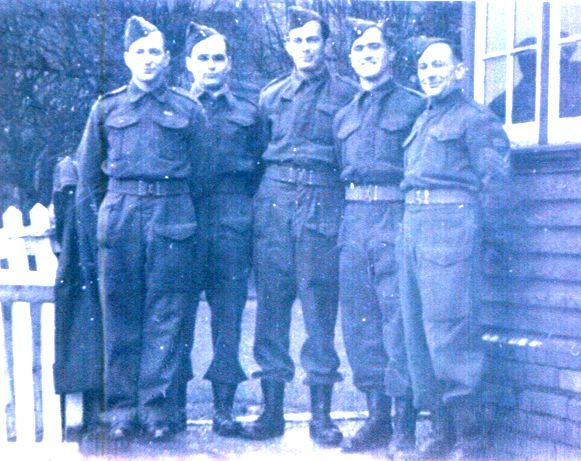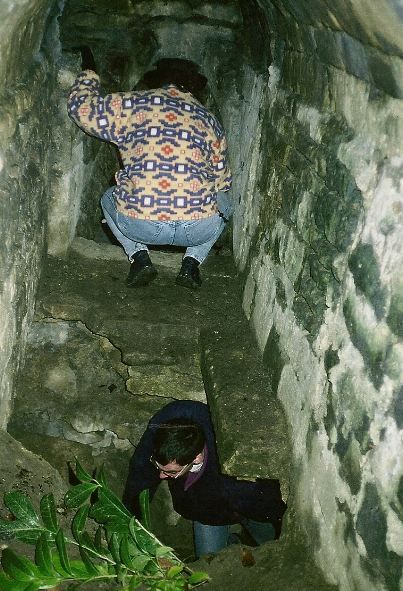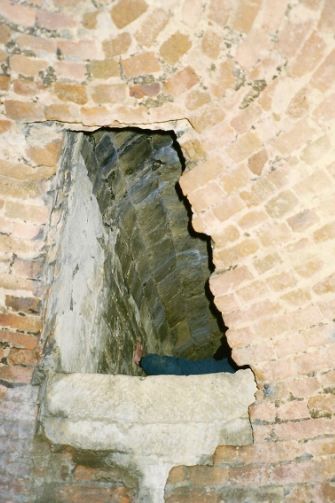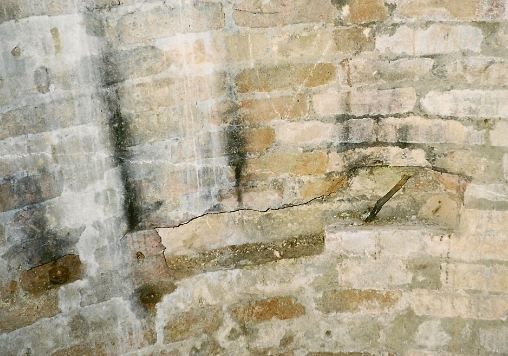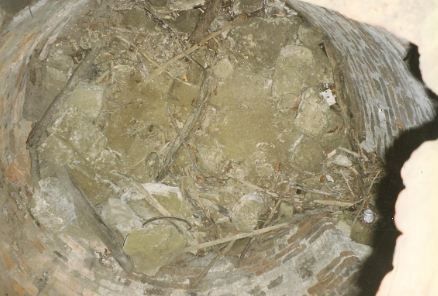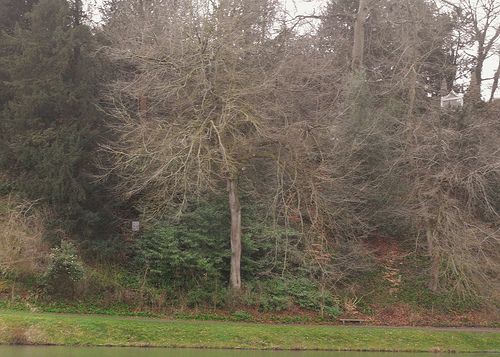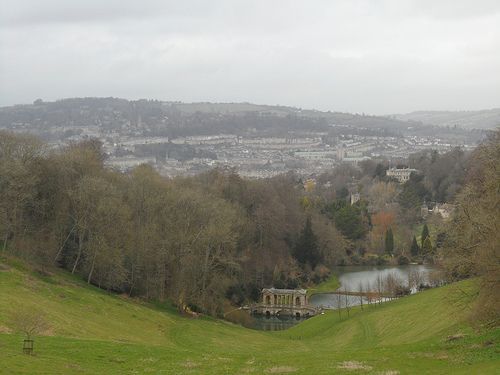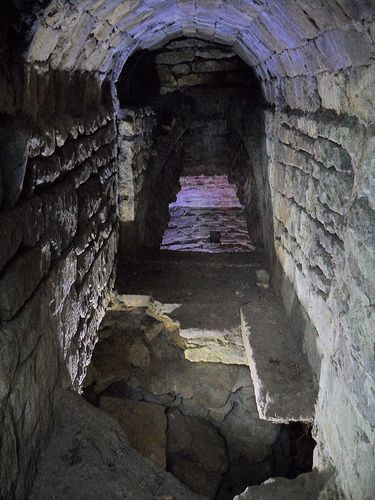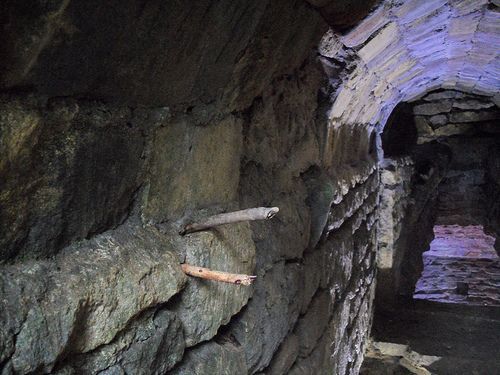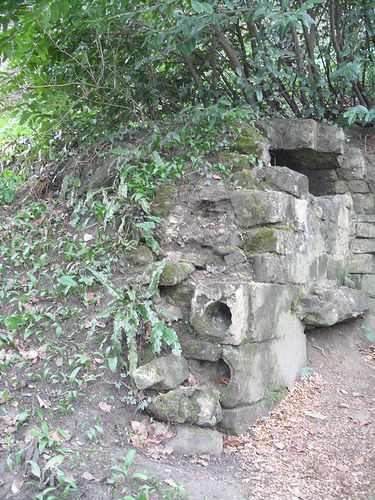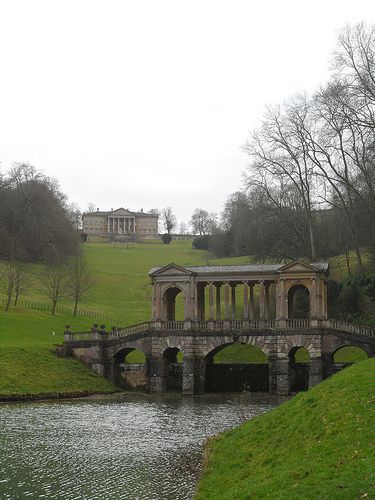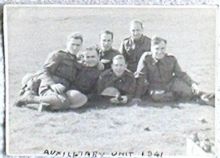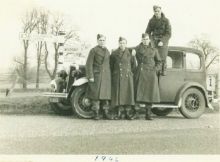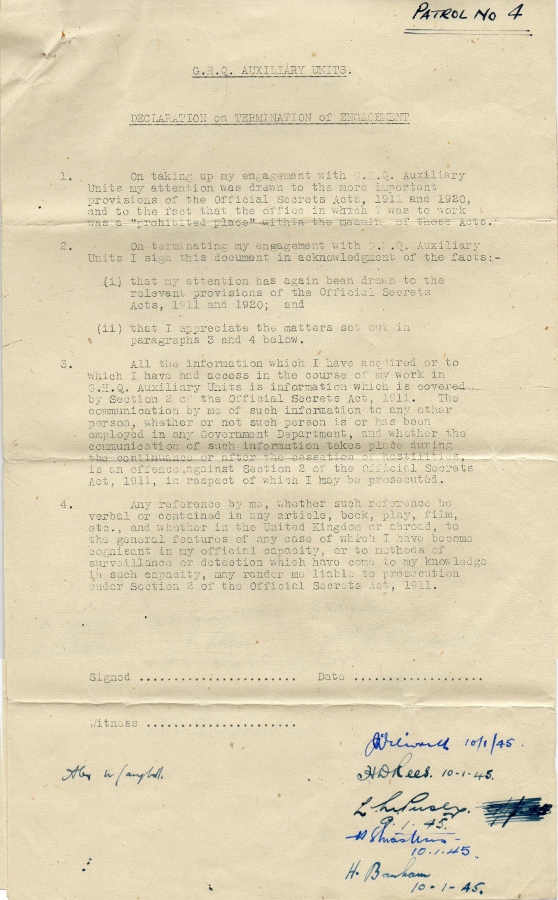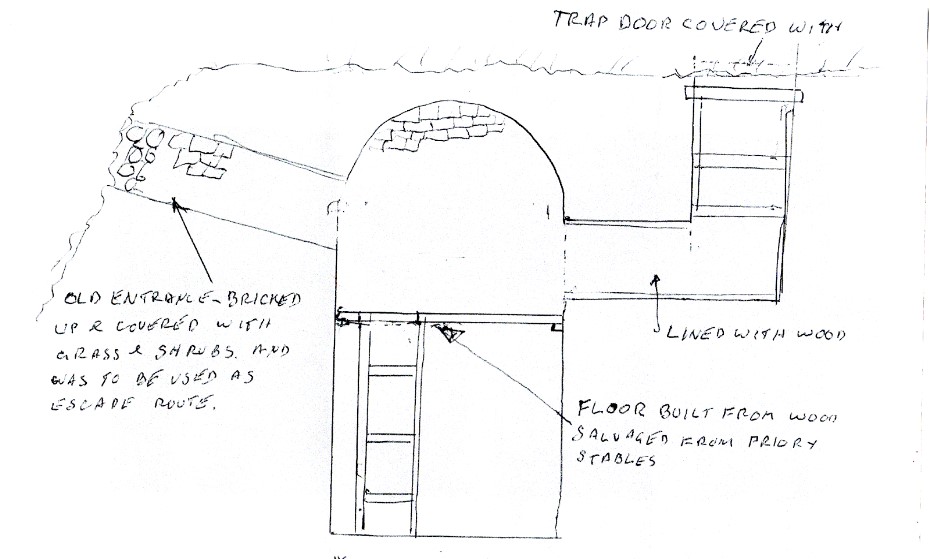Prior Park is now a National Trust garden off Ralph Allen Drive, Bath.
| Name | Occupation | Posted from | Until |
|---|---|---|---|
| Sergeant Robert William Bennett | Civil service Royal Navy |
20 Jun 1940 | 03 Dec 1944 |
| Private Harry Banham | Mechanical engineering draughtsman |
20 Jun 1940 | 03 Dec 1944 |
| Private Alexander Watt Campbell | Civil servant |
20 Jun 1940 | 03 Dec 1944 |
| Private Walter John Geoffrey Dennis | Technical assistant |
20 Jun 1940 | 18 Oct 1943 |
| Private John Dilworth | Civil servant Admiralty |
21 Jun 1940 | 03 Dec 1944 |
| Private Herbert Stephen Masters | Admiralty draughtsman |
04 Feb 1943 | 03 Dec 1944 |
| Private Leonard Montague Pusey | Civil servant draughtsman engineering department |
29 Aug 1942 | 03 Dec 1944 |
| Private Herbert David Rees | Aircraft engineering draughtsman |
10 Feb 1943 | 03 Dec 1944 |
The OB was constructed in an existing structure of an ice house in Prior Park which was built c1750. The Ice house is made of Bath stone.
The building that was Prior Park had been a school for many years and the grounds had long been left to nature to reclaim. Though the ice house would have been a structure that was known about, the Patrol would have been well hidden in the general decay of the gardens.
The ice house was situated just below the Ralph Allen Road and a long way from the original house which was (and still is) a Catholic boarding school.
Today Prior Park is owned by The National Trust and the gardens are open to the public. There is no public parking on site at Ralph Allen Drive. The icehouse can be viewed from the outside but there is no public access into it.
The structure in good condition but OB evidence minimal. When the structure was being renovated it was unclear to restorers what some fixings and alterations were and from what era. The Trust then received a letter from Auxilier Dennis (Admiralty No 3 Patrol ) in 1994 explaining its war time use and he was able to confirm the layout of the operational base. Auxilier Harry Banham also explained what various fixings were for.
According to Auxilier Bob Bennett, when intact, the OB was entered via the main entrance tunnel which was a 4 foot high stone lined cut in the hillside. This lead into an underground chamber approximately 8 foot in diameter by 12 foot deep. The Patrol concealed the main entrance and dug an escape tunnel. They built wooden floors and bunks and shelves.
Auxilier Harry Banham remembers building a drop down entrance shaft and using the ice house entrance as an escape tunnel. This version is corroborated by Ron Frost who found the OB as a child. He recalls an iron ring attached to a wooden hatch cover covering a deep shaft and a wooden step ladder leading down about 10 feet to a dug out room with four bunks and a table. He remembers finding guns and ammunition.
In a newspaper interview in 1996, Bert Masters described the OB as a “noisome” place. He recalled the dank, damp smell and especially the spiders.
What the Patrol constructed whether it be entrance or exit, has been filled in.
When the OB was discovered by school boys (Ron Frost) they thought they had found a German spy hideout or something to do with the black market. They rushed to tell the police. The police informed the land owner and the Patrol found themselves on a raft of charges from trespass to damage of property to theft of timber. The timber used to build the shaft had been acquired from the landowners stable. When the Intelligence Officer for Somerset, Ian Fenwick, arrived to deal with the situation, he had a quiet word with the land owner. Being a retired Lieutenant Colonel, the owner allowed the Patrol whatever they wanted and dropped all charges. Ron and his brothers were told NEVER to speak of it again !
The Admiralty Patrols also had a central explosives / arms store in an out building at The Royal School, Lansdown Road and according to Harry Banham another one built into the bank of the car park of the Ensleigh Estate.
Admiralty 4 (Prior Park) Patrol
Possibly RAF Colerne as Auxilier Bert Masters talked of a big break in there and it is known the other Admiralty Patrols were involved.
Admiralty 4 trained with the other Admiralty Patrols and sometimes along with the City of Bath Patrols. Initial training was carried out in local quarries. On one exercise they even trained with sections of the cadet force from one of the local public schools when there was 80-100 men involved.
The Patrols were sent to test the defences of the local RAF Station, all the men gained entry and plastered the aircraft with destroyed notices. The commander was even held at gun point in his office. All RAF leave was cancelled for 2 weeks.
A training target was a disused water mill on an island in the River Avon. Number 4 Patrol approached via a long heavy plank. Another Patrol choose to rope themselves together and crawl along the weir. Another training exercise saw Bob Bennett aiming for a target on the Kennet-Avon canal. The metal canoe he had chosen to use bumped into all the debris in the canal; "It sounded like a salvation Army big drum" he recalled.
Auxilier Bennett remembers leading the Patrol crawling along in the shadow of a field hedge. Turning, he found they had been followed by a group of curious cows.
Later, training became more commando like, climbing cliffs and swinging over ravines.
There was a shooting competition on 20th Feb 1944 at Monkton Coombe between the Admiralty Patrols. A resounding win for Patrol 4.
Gelignite, plastic explosives, fuses, detonators. Also Colt, Tommy and Sten guns which they were told was a gift from New York Police Department. Phosphorous bombs came later and Auxilier Bennett can remember being trained with sticky bombs but not being issued with them.
They were also given a G licence for petrol, camouflage paint and rubber boots.
Auxilier Bert Masters joked the Auxiliers in his Patrol were “Middle-class types... not swede bashers !”
He recalled “ We were more or less told if anything happened, we'd be on our own. We did the spit and polish stuff because it kept up the fiction we were Home Guard but our REAL job was to keep our heads down – until invasion. Any man who tells you he was not afraid is a liar”
Bob Bennett recalled an incident where they were first issued with the 203 flashes. A (un-named) Lieutenant issued them with the flashes then stole them back hoping to humiliate 4 Patrol at the next parade for being improperly dressed. Borrowing a set from 3 Patrol Bob made his own of the Patrol and nobody noticed the difference. A few months later the Patrols had to train in a gas chamber. Patrol 4 emerged with their flash numbers bleached out. Captain Aves said nothing but the following day he phoned to ask for an explanation. Bob had to tell the truth. "He didn't know whether to blow me up for my carelessness or congratulate me on my bloody cheek but he rather thought the cheek had won". Later a envelope with 28 '203' flashes arrived.
TNA ref WO199/3391 & WO199/3390
Stephen Lewins for Nominal Rolls
List of Admiralty Auxiliers from 1950 reunion held at B.R.A
Hancock's data held at B.R.A
Images of wartime Bath
Donald Brown “Somerset V Hitler”
Auxiliers Bob Millard, Bob Bennett and Harry Banham, Ron Frost, The family of Bert Masters
The National Trust,
The Mail on Sunday 09 Nov 1996
